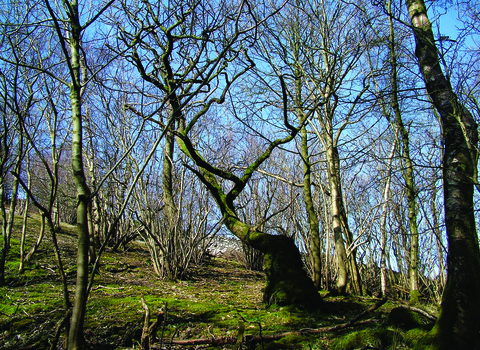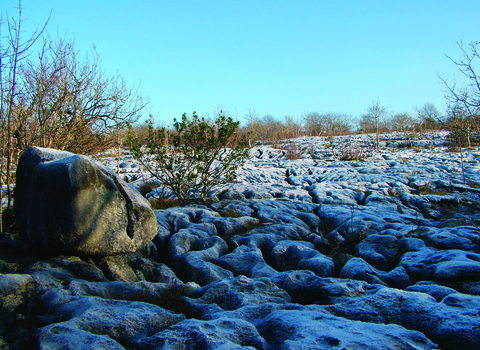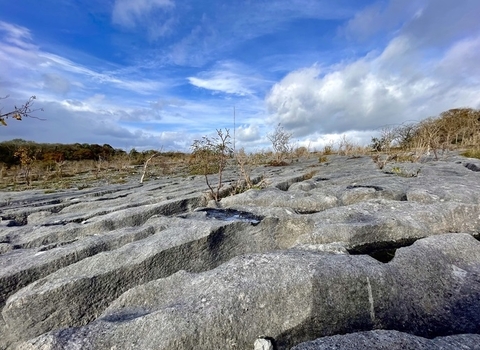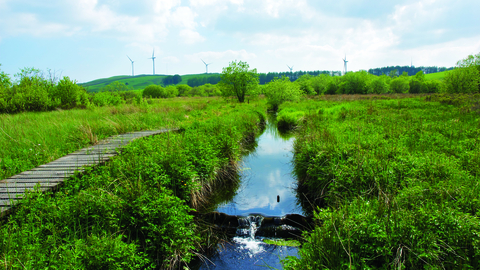
© John Morrison
We're sorry, this reserve is currently closed to visitors due to safety improvements & restoration works. It should re-open by summer 2025. Browse other nature reserves
Location
Know before you go
Dogs
When to visit
Opening times
Open all year roundBest time to visit
April to AugustAbout the reserve
Wildlife highlights
- In spring and summer you can hear and spot wetland birds.
- In summer many types of wetland specialist plants are in flower.
- In this undisturbed place you stand a good chance of spotting mammals such as hare and roe deer.
- Encounter migrant and breeding birds, such as curlew, sedge warbler, willow warbler, grasshopper warbler, meadow pipit and whinchat in summer.
- Enjoy green hairstreak, small pearl-bordered fritillary and small heath butterflies.
History
10,000 years ago, retreating ice sheets created a small tarn where Burns Beck Moss now lies. Plant matter and sediment gradually filled the tarn and peat bogs began to form.
Damage to the site had been caused by deepening and straightening Burns Beck and digging drains in preparation for tree planting, which never occurred.
The Trust has worked to raise water levels, and this has resulted in some recovery of the mires.
What makes Burns Beck Moss so special?
Burns Beck Moss has elements of raised and valley mires. The raised mires are totally dependent on rainfall for moisture, whilst the valley mires receive ground water containing dissolved minerals and nutrients.
Raised and valley mires rarely occur together on the same site. Only a small number of Cumbrian sites, near Torver and Winster, are similar to Burns Beck Moss in this way.
Although the nutrient levels vary between the mires, both sustain a variety of plants, and it’s this diversity that makes the site so interesting.
Water specialists
The most common species making up the wetland is sphagnum moss which holds lots of water on the mire. Look closely amongst the sphagnum to find sundew - an small, insectivorous plant.
Plant specialities include 16 species of Sphagnum moss, as well as bog rosemary, cranberry, bog asphodel, round-leaved sundew and marsh cinquefoil.
In spring bog myrtle is in flower - its crushed leaves give off a lovely resinous fragrance.
During the summer you can see plants such as bog asphodel, sneezewort and marsh cinquefoil in flower.
Around Burns Beck look out for yellow water lily which flowers in the summer.
Haven for wetland birds
In places there are patches of willow carr and reedbed and this provides good habitat for a number of breeding birds.
You stand a good chance of seeing a tawny owl, heron and reed buntings.
In spring and summer you may see and hear birds such as curlew, snipe, sedge warbler, willow warbler, grasshopper warbler, meadow pipit and whinchat.
Wild and undisturbed
Fox, hare and roe deer love the undisturbed wild nature of Burns Beck Moss.
Butterflies too thrive here. In spring look out for the green hairstreak butterfly, whilst later in the summer you may see the small pearl bordered fritillary and small heath butterflies flitting about.
Look out too for common lizard and frogs.
Restoring the wetland
Before the Trust acquired the reserve attempts had been made to drain the site by straightening and deepening Burns Beck and later by digging a network of drains to prepare the site for tree planting which thankfully never happened.
Since the Trust took over the site in 1995 we have reversed the drainage and installed a large number of dams which is enabling the site to hold water and become a wetland once more.
Recent history
Burns Beck Moss was purchased by Cumbria Wildlife Trust in 1995 with help from the National Heritage Memorial Fund.
Getting here
By car:
Burns Beck Moss is located 9km/5.5 miles east of Kendal. Access is most easily gained from the A684 Sedbergh road. From junction 37 of the M6 head towards Sedbergh and turn right after about 0.7km/0.4 miles down the road signposted Old Hutton, New Hutton. Follow this road (passing Killington Reservoir) for 4.2km/2.6 miles and take the left fork (Old Town, Kirkby Lonsdale). After 300m you reach a quarry where cars may be parked. Cross the road to the nature reserve entrance.
By bicycle:
The reserve is 7.9km/4.9 miles from National Route 70 Walney to Wear (W2W) and 9.7km/6 miles from National Route 68 Pennine Cycleway.
By public transport:
Buses run from Kendal to Sedbergh
Species
Contact us
Environmental designation
Did you know?
Bog myrtle flowers in spring - its crushed leaves give off a lovely aromatic fragrance.
Upcoming events at Burns Beck Moss Nature Reserve
If there are any upcoming events at Burns Beck Moss Nature Reserve we'll show them to you below.
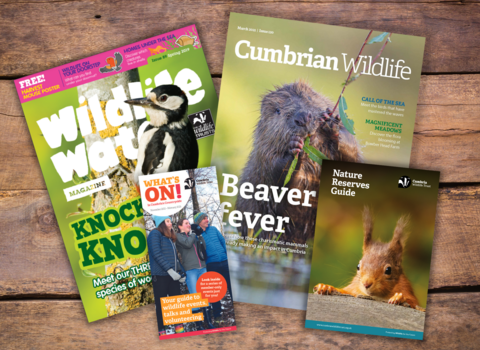
Support our conservation work on this nature reserve
and protect wild places & wildlife in Cumbria.
- Free entry to our nature reserves.
- Free nature reserve guide.
- Cumbrian Wildlife magazine three times a year with accompanying 'What's On' guide.
- Plus more! From just £3.50 a month/£42 a year (based on Individual membership)





